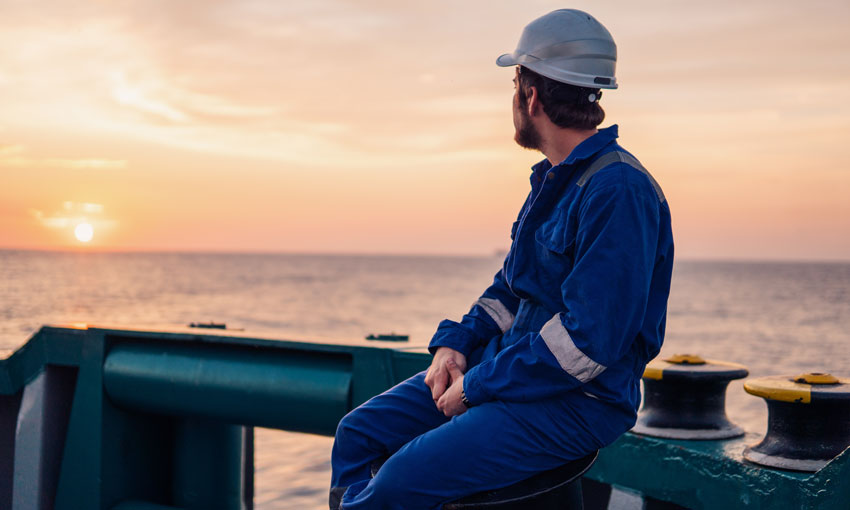By David Hammond, CEO, Human Rights at Sea
AT THE time of writing, the state of long-term sustainable seafarer funding throughout Australian ports stands into genuine danger of being side-lined and failing without the force of primary legislation behind it to assure a positive legal requirement to protect necessary income for the day-to-day running of shoreside port welfare facilities and associated activities.
This will affect an estimated 200,000-plus seafarers and 24,300 vessels entering the 56 ports and anchorages per annum.
It amounts to a potential annual financial investment for onshore welfare services of circa $26 million to $40 million of public monies.
Since the precedent set by New Zealand in 2021 with the update to the Maritime Transport Act 1994 amended through the Regulatory Systems (Transport) Amendment Bill, and the consequential policy development to use maritime levy funds for welfare funding to be introduced by 2024, the international stage has been set to alleviate long-term financial concerns for welfare organisations.
The New Zealand Labour Party’s 2020 Election Manifesto demonstrably highlighted that: “Labour will ensure that Seafarer Welfare Centres provide services to the level required by the ILO Maritime Labour Convention 2006 by amending the Maritime Transport Act 1994 to enable the maritime levy to fund the services required for seafarers’ wellbeing”.
The consequences of not getting this seminal change right will put back the opportunity for Australia to capitalise upon the New Zealand government’s emerging model potentially for a decade.
This would be a travesty of inaction and a clear missed opportunity.
For Australia to be a leading state assuring long-term seafarer welfare funding and thereby assuring safe, secure and well-run maritime supply chains, the focus is now on three key factors that will ultimately determine its success, or failure.
First, is political will to drive change and deliver financial security to the maritime welfare sector. This requires active civil servant support to enact.
Second, is the need for unity of purpose in delivering unified recommendations from welfare providers without bias by or towards any one organisation, through equitable means testing as opposed to internal historic controls of financial allocations and spend.
Third, are the wider ramifications across the maritime industry for not legislating and thereby securing effective assurance and enforcement of sustainable funding which could be replicated globally for the benefit of the seafarers, their families and ultimately, the coastal state.
Noting the significant amount of Australian public monies being identified for use, the alternative is that if welfare organisations are not able to unify, show clear ability to govern resources and closely work together on an equitable basis, the government may otherwise put the financial distribution of maritime levy funds out to tender for competent third parties to administer, reflecting the need for public transparency and accountability.
In short, alongside political will, Australian seafarer welfare organisations now hold the main responsibility for the success or failure of this initiative.
It is they who will set the precedent in the Australian context of future seafarer well-being, and which requires a legislative update to assure success.





